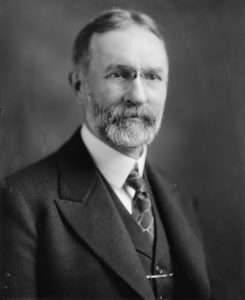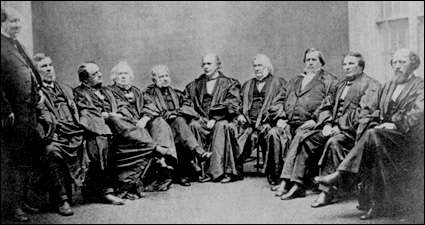
Some 252 Venezuelans illegally deported by the Trump Administration to imprisonment in El Salvador have now been sent back to Venezuela, in exchange for the release of ten Americans detained by the Venezuelan government. Trump had invoked the Alien Enemies Act of 1798 to do the deportations.
This is a bad deal on many levels: It incentivizes further hostage-taking by Venezuela, it returns people who fled oppression back to the very same regime that oppressed them, and it certainly does not stop the administration's illegal and unjust invocation of the Alien Enemies Act.
I've said it before (e.g. - here and here), and I will say it again: hostage exchanges are a terrible idea, because they incentivize more hostage-taking. This deal is likely to incentivize Venezuela's socialist dictatorship to seize more Americans.
In one way, this deal is actually worse than the usual hostage exchange, where a democratic state sends captured terrorists or other operatives back to a terrorist group like Hamas or an authoritarian regime like Russia. Here, the men we are sending back are innocent people who fled an oppressive government, now being forcibly returned to it. Despite the administration's claims they were members of the Tren de Aragua drug gang, there is virtually no evidence this is so, and most have never been charged or convicted of any crime. Some are actually dissidents and regime opponents who face likely persecution upon their return. Even those not specifically targeted by the government will be consigned to what may well be lifelong and oppression and poverty under a brutal regime whose depredations have triggered the biggest refugee crisis in the history of the Western Hemisphere.
There was a time when conservative Republicans would have condemned efforts to return victims of socialism to their oppressors. No longer. But it remains unjust, nonetheless.
I suppose one can argue this is less bad than other hostage exchanges because, unlike, say, released Hamas terrorists or Russian covert operatives, it is highly unlikely the Venezuelans sent back under this deal will go on to harm the US. That is true precisely because the Trump Administration is lying about their supposed gang affiliations! It's a valid point. But not nearly enough to justify this sordid deal, or the illegal deportations leading up to it.
The deal also further reveals what has been clear for some time: the Trump administration lied in court when it claimed the Venezuelans deported to El Salvador were under Salvadoran control, and the US had no way to get them out. In reality, they were detained solely at US behest, and the Salvadorans released them as soon as the US asked. This has been clear for a long time, but is now even more so. Courts should take note, and reject similar administration assertions with respect to any other migrants deported to imprisonment in El Salvador, now or in the future.
The deal also will not put an end to Trump's illegal use of the AEA as a tool for peacetime deportation. Litigation over his further attempts to deport people under the Act is ongoing in multiple federal courts, and several have already ruled against them. For the reasons why these deportations illegal, see the Fifth Circuit amicus brief in W.M.M. v. Trump that I coauthored on behalf of the Brennan Center, the Cato Institute, legal scholar John Dehn, and myself. See also my earlier writings on the AEA here, here, here, and here.
To briefly summarize, the key point is that AEA may be invoked only in the event of a declared war or "invasion" or "predatory incursion" by a foreign nation or government against U.S. territory, and no such thing has happened here. In addition, Trump's AEA deportations to imprisonment in El Salvador are also blatant violations of the Due Process Clause of the Fifth Amendment.
UPDATE: I suppose I should emphasize I am not suggesting these Venezuelans should have been kept in imprisonment in El Salvador. Rather, they should never have been deported in the first place, and once illegally deported and imprisoned, should have been returned to the US. They also deserve compensation for their illegal imprisonment and resulting pain and suffering.







Show Comments (8)